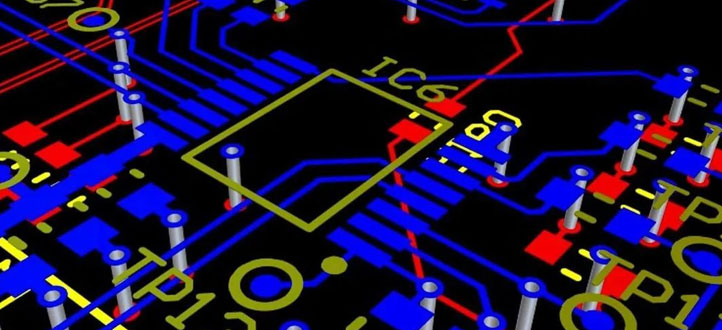The role of the PCB mechanical layer?

The PCB mechanical layer plays a vital role in the PCB assembly process. As a specific layer of the PCB, the mechanical layer is used to define and describe the structural features and physical attributes of the PCB. It not only helps ensure that the PCB meets the physical requirements of the device but also provides crucial guidance and support during the assembly process.
Firstly, the PCB mechanical layer is used to define the shape and dimensions of the PCB. In PCB design, the mechanical layer is typically used to draw the boundaries or outlines of the PCB. This helps ensure that the PCB fits within the physical space requirements of the device and coordinates with other components and equipment.
Secondly, the mechanical layer is also used to define the mechanical characteristics of the PCB. Through the mechanical layer, the rigidity, bending strength, and other mechanical properties of the PCB can be determined. This is crucial for ensuring the structural strength and reliability of the PCB during the assembly process and in practical applications.
Additionally, the mechanical layer provides key features and functionality for the assembly and installation of the PCB. It can define the mounting points, holes, and other mechanical features on the PCB to facilitate its assembly and fixation. For example, the mechanical layer can specify the positions and dimensions of mounting screw holes, surface-mount or through-hole connectors, as well as the fixation points for supporting structures and heat sinks.
The PCB mechanical layer finds wide applications in various fields and industries. In diverse PCB designs, the mechanical layer is extensively used to ensure that the PCB meets the physical requirements of the device. Particularly in complex electronic devices, the design and use of the mechanical layer become even more critical. For instance, in computer motherboards, the mechanical layer is used to define the shape, dimensions, and mounting hole positions of the board to ensure compatibility with computer enclosures and other components. In the automotive electronics sector, the mechanical layer is used to define the shape, dimensions, and installation features of onboard electronic devices to adapt to the vehicle's structure and requirements.
In conclusion, the PCB mechanical layer plays a crucial role in the PCB assembly process. It defines the shape, dimensions, and mechanical characteristics of the PCB and provides essential features and functionality for its assembly and installation. Proper design of the mechanical layer is essential to ensure that the PCB meets the physical requirements of the device, enhances structural strength, and improves reliability. During the PCB design process, designers need to consider the requirements of the mechanical layer and coordinate with other PCB layers, such as the circuit layer and solder mask layer, to achieve optimal design and functional performance.

